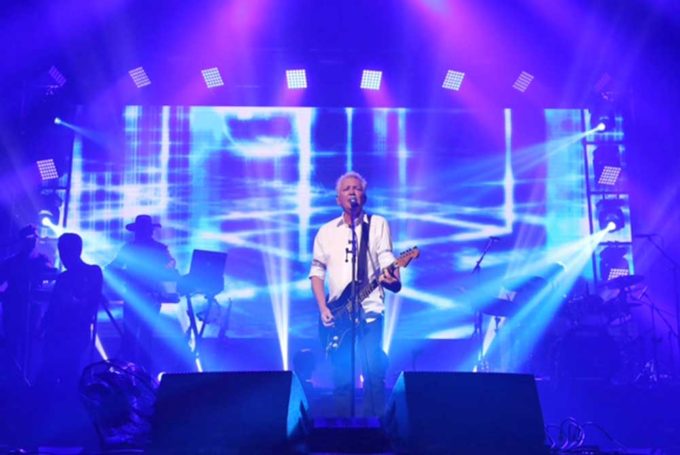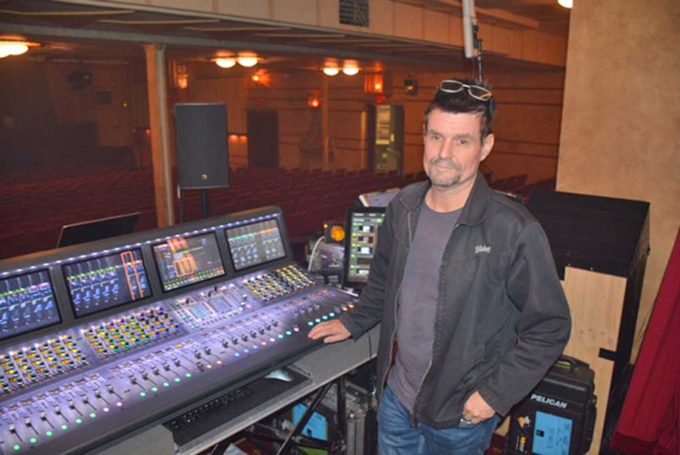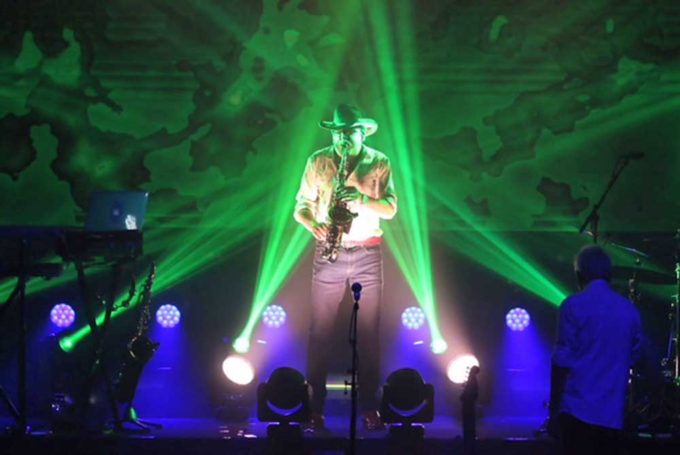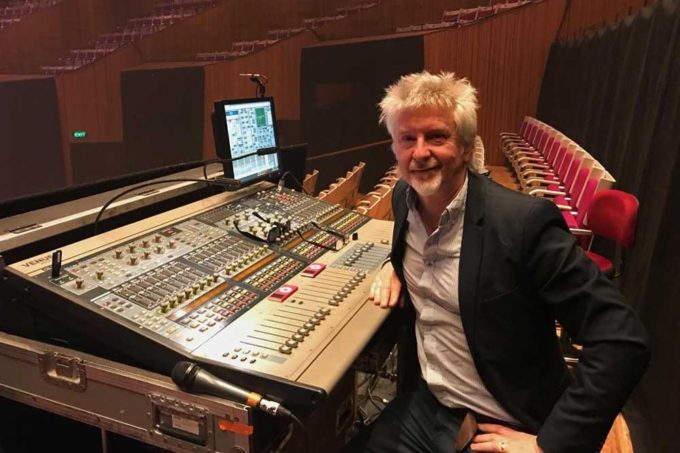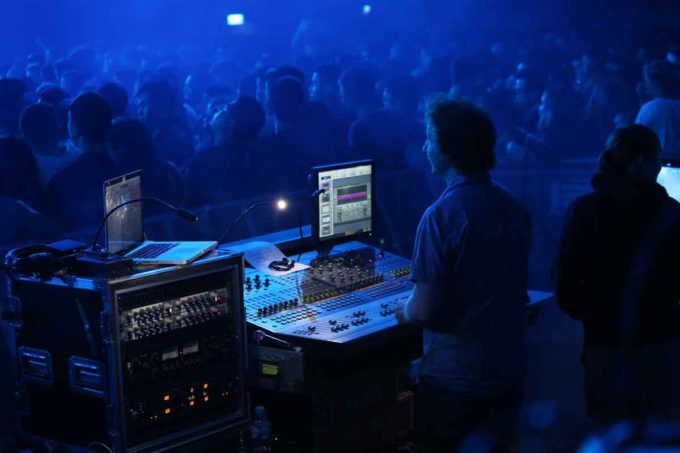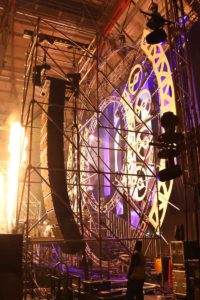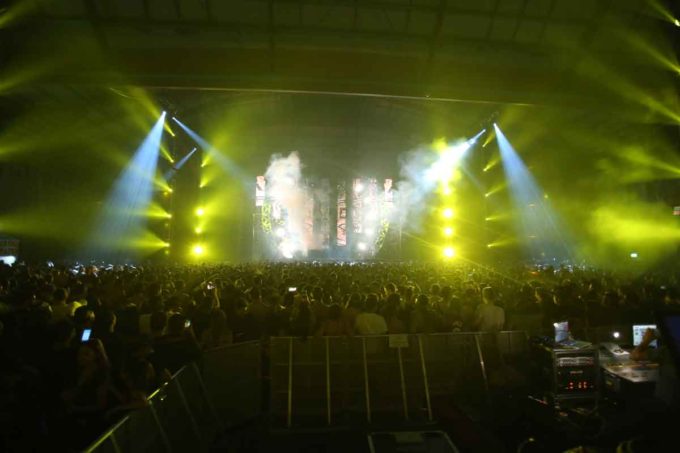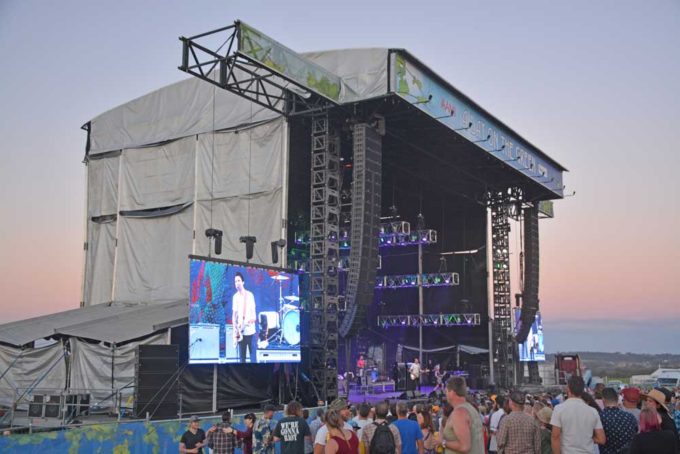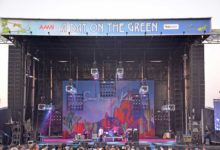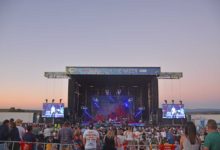Icehouse – 40 Years Live
With a career spanning 40 years, iconic Australian band Icehouse has continued to delight millions with their music, well-known and loved by audiences across generations. Icehouse began in 1977 as a Sydney-based pub rock band called Flowers, who were the highest paid unsigned act in Australia at the time.
In 2006, Icehouse was inducted into the Australian Recording Industry Association Hall of Fame, being described as ‘…one of the most successful Australian bands of the 80s and 90s’. Icehouse’s 1987 album Man of Colours remains to this day as the highest-selling album in Australia by an Australian band.
With a history like that, it’s no wonder the band have been selling out their 40 Years Live Tour this year as it travels the country … with more dates just announced!
Touring with an audio package from JPJ Audio, the tour utilized in-house PA systems where available with JPJ supplying speaker systems when required. FOH Engineer Richie Robinson, who has mixed for the band since their return to live shows in 2011, used an Avid Venue S6L saying it is one of the best mixing consoles on the market. He travels with absolutely no extra FOH equipment, which reinforces how good the console sounds on its own.
“I had used an Avid Profile since 2007 and always loved working on it,” he remarked. “However, it got to a stage where I thought ‘well that’s the sound of it’ and decided to try some other consoles that had better preamps and a more open sound stage. While I usually liked the sound of them, I didn’t fall in love with their operating systems as much as I did with the Avid Venue gear. When the Venue S6L came along and I tried it out, I was blown away with how good it sounded. It’s a real win for Avid and I think you’re going to see a lot more of them.”
When Richie used to mix Icehouse on an Avid Profile, he implemented a combination of Waves plug-ins and outboard reverbs but he’s been happy with the way the onboard fx plugins sound with the new console.
“With the combination of the new audio engine in the console running at 96khz and the plug-ins running on the AAX DSP cards, even the Avid reverbs sound a whole lot better to me,” added Richie. “I’ve gone back to using the ReVibe reverb which sounds really good and other than that, I bought a few 3rd party plugins for some other eq, compression and saturation flavors. I miss some of my Waves plug-ins but it’s been cathartic to ditch what you’ve been using for so long and just go ‘wow, that sounds so good just straight out of the console!”
One 3rd party plug-in that Richie has used often with Icehouse is the Brainworx bx-console channel strip by Plugin Alliance which he implements over many channels. “There’s a subtle character thing going on with that plug-in that suited this band” said Richie.
Richie uses the Snapshot and Layout features on the console for all the songs – mainly for turning on and off required input channels and for keeping the top fader layer populated with the key input elements for each song. He also found that snapshotting the effects on the Venue S6L was a very handy tool. As Iva Davies wrote and produced so many of Icehouse’s tunes, he can be quite specific with the echoes and delays used on the original recorded versions so Richie decided to snapshot all of the echo effects. That way he doesn’t have to worry about adding the correct tap tempo to each song – when he recalls the snapshot to the next song all of the stored effect parameters are recalled.
Microphones were fairly standard with a selection of Shure wired and radio microphones, a couple of AKG414’s for drum overheads plus Sennheiser and Audio-Technica Australia microphones. “We have a Shure KSM9 for when Iva plays an oboe in Man of Colours and that’s probably the funkiest mic we have.” said Richie. “We’ve tried a few different mics on it but that’s the one we kept coming back to.”
Onstage, the band are all on Shure PSM1000 IEM’s with most of them using the Shure SE846 ear buds. In addition, Iva has a couple of d&b audiotechnik M4 wedges in front of him as he occasionally removes one of his IEMs. Sidefills are L-Acoustics Arcs with dv-Subs and the drum sub is a pair of d&b Q-subs. Monitor Engineers for the tour were Paul Kennedy (now out with Midnight Oil) and Matt Debien who both used a Yamaha PM5D with an Apogee Big Ben word clock.

